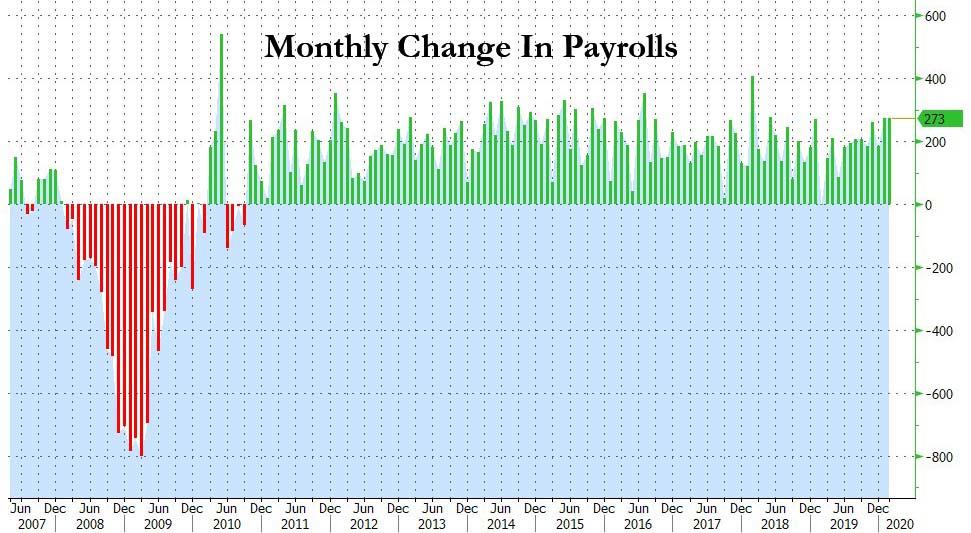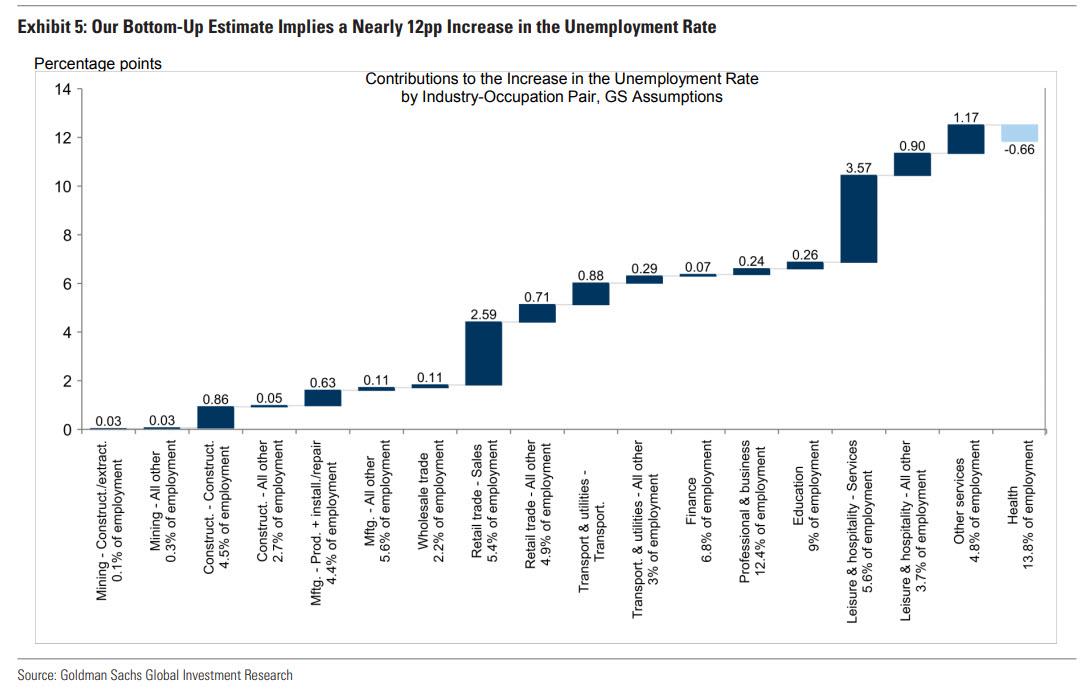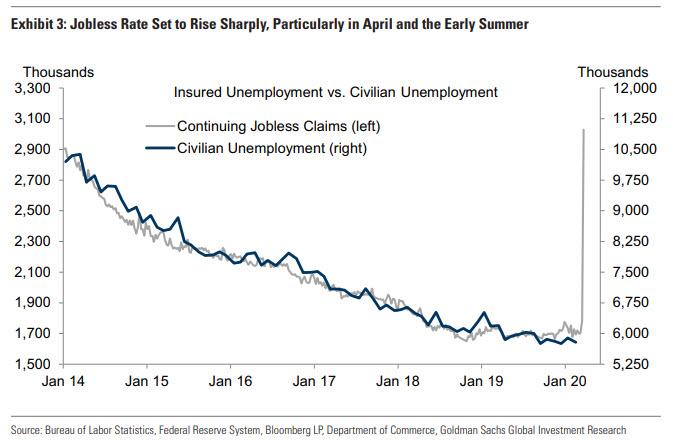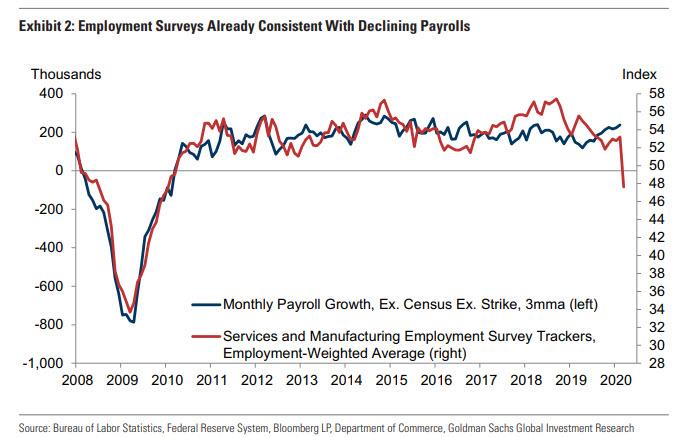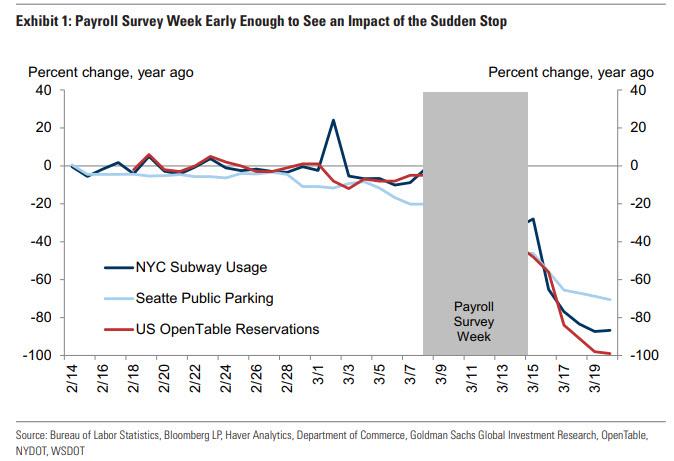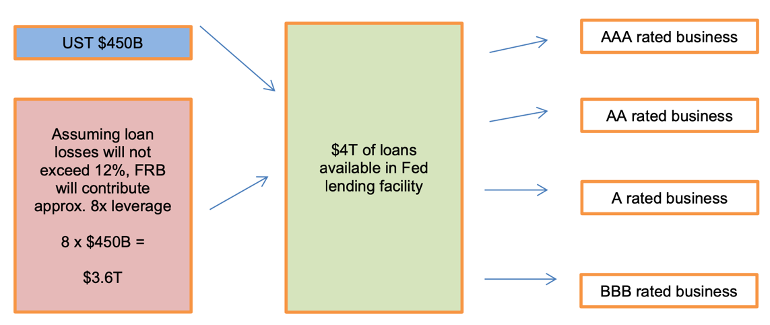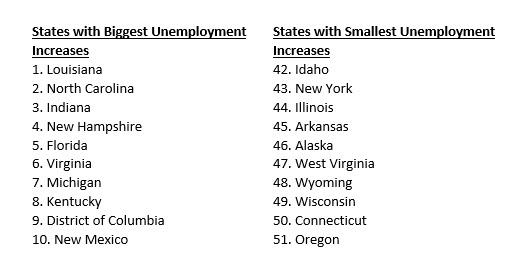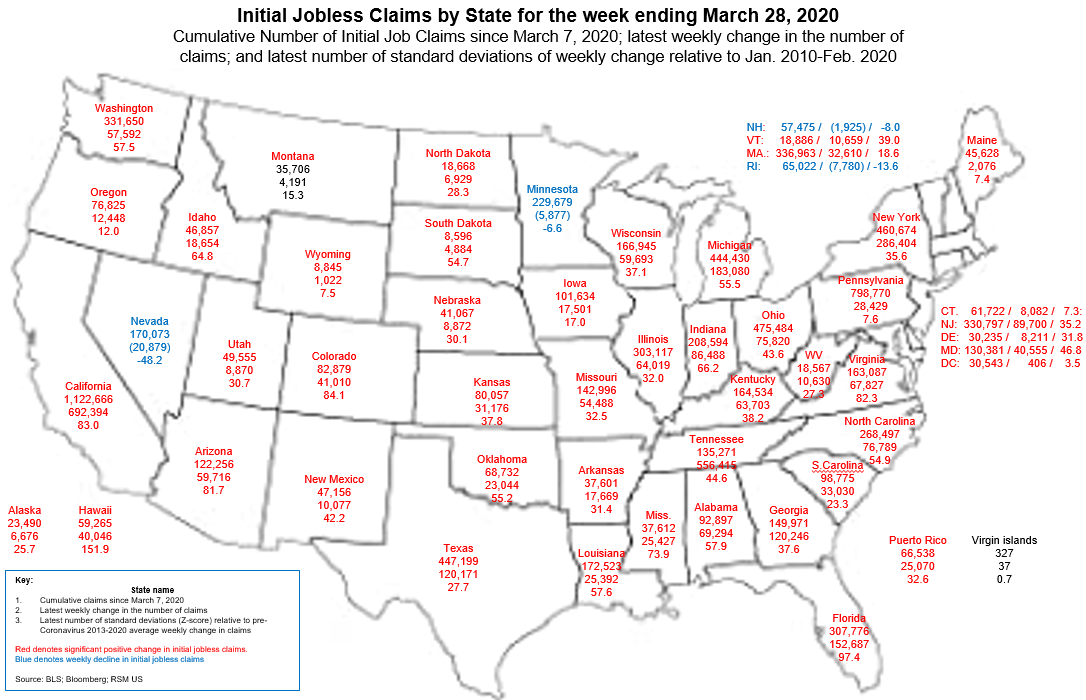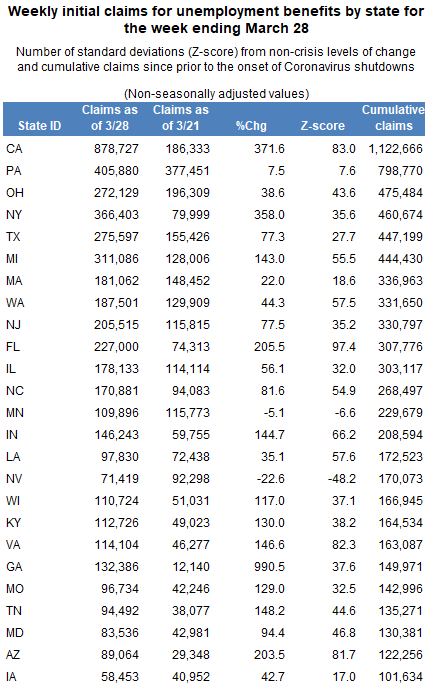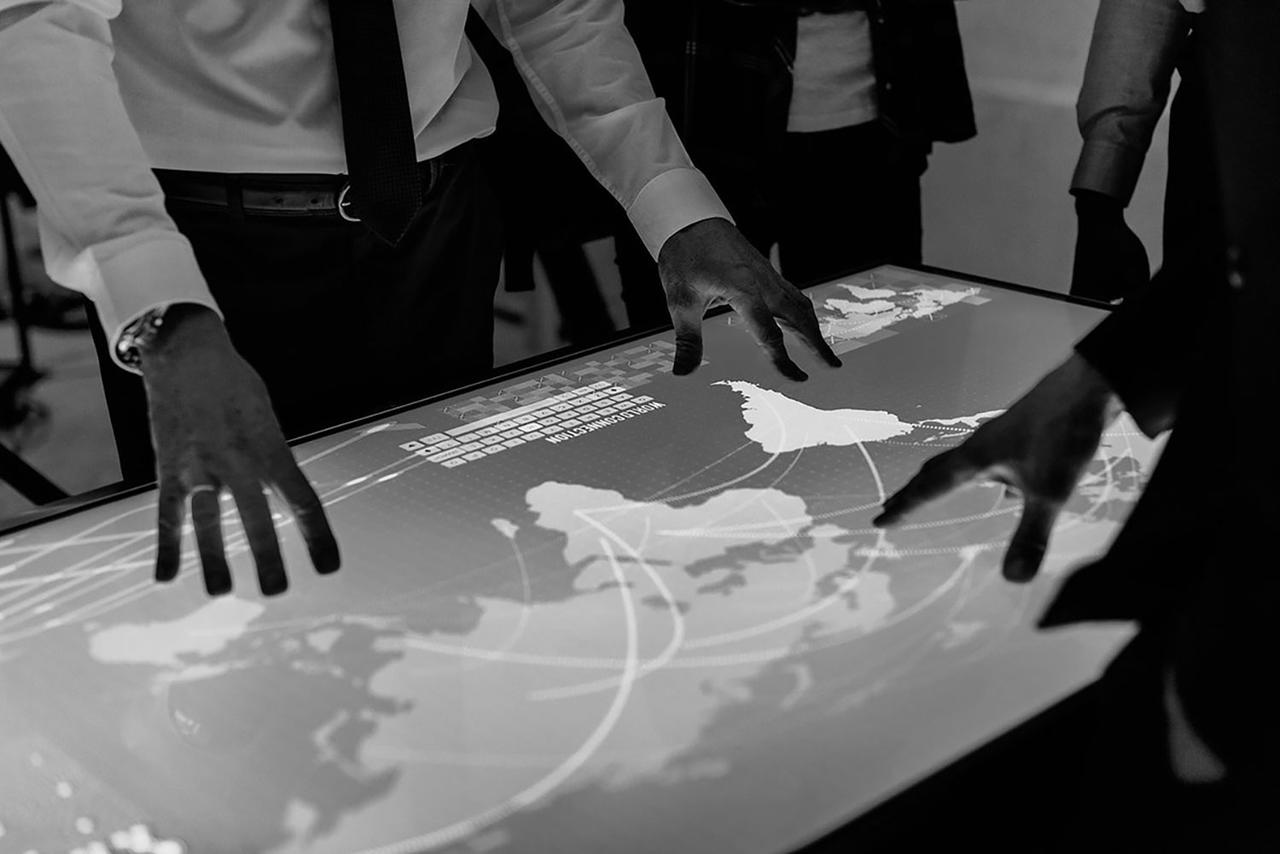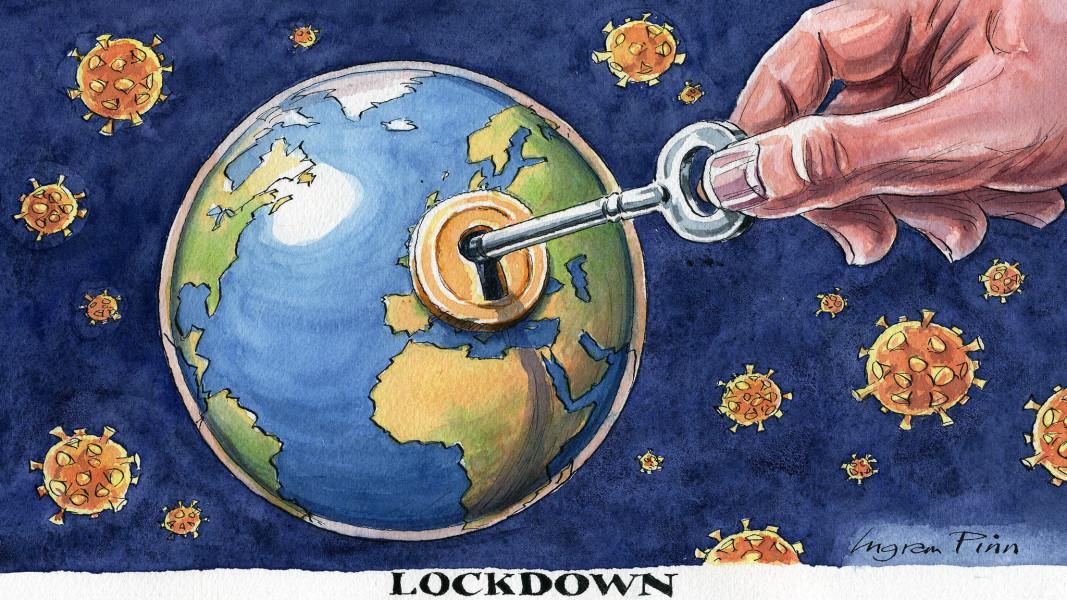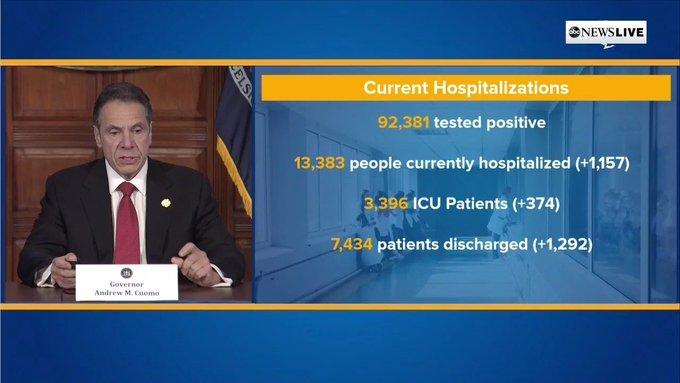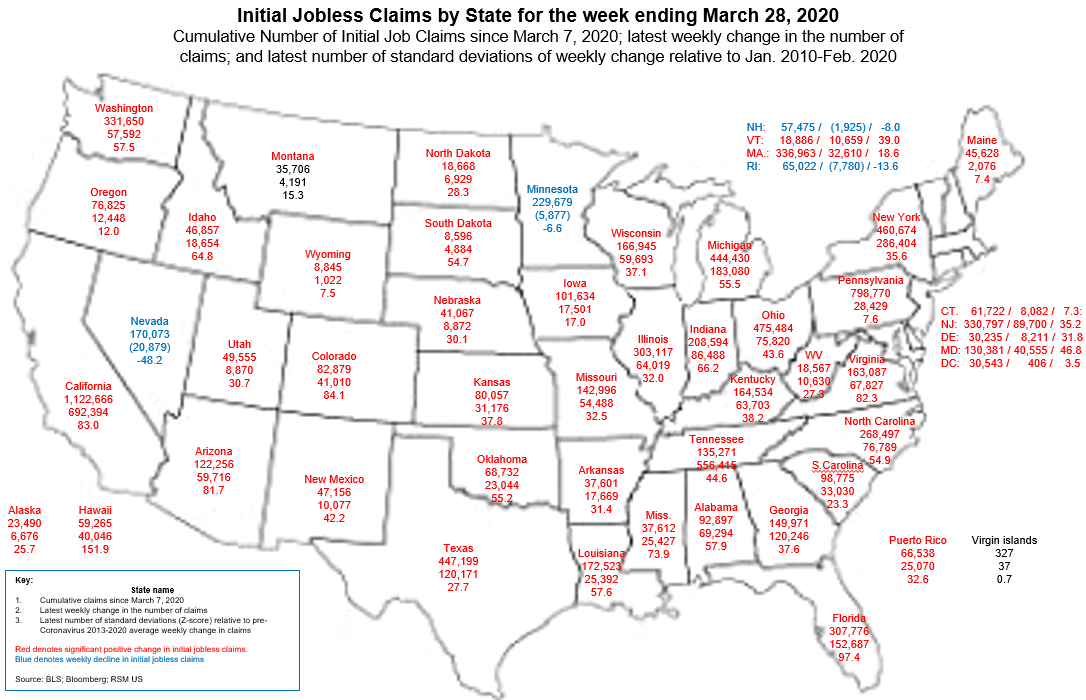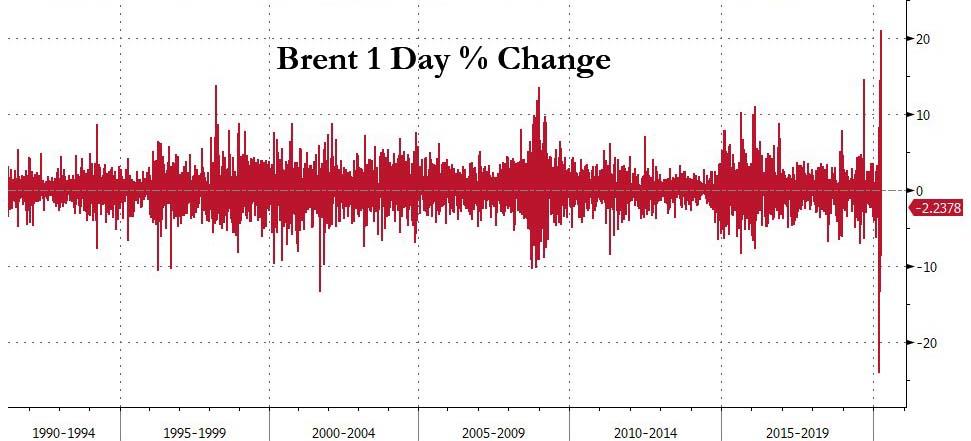“Borders Matter” – Austria’s COVID-19 Chronicles
Authored by Elisabeth Sabaditsch-Wolff via The Gatestone Institute,
Week 1 in a country in complete shutdown. Austria has been at the forefront of forcing its citizens to “shelter in place” by enacting measures so severe that even the country’s elderly cannot remember anything similar.
To snuff out a virus that originated in China in November and has since made its way around the world, roughly a month ago, the Austrian government, led by Chancellor Sebastian Kurz, thankfully heeded a dire warning by Israeli Prime Minister Benjamin Netanyahu, took hard a look at Austria’s neighboring country, Italy, and immediately enacted a first set of measures, followed by the drastic rules mentioned above, that were first extended until April 13 and stepped up on March 30.
The new measures include wearing compulsory masks when grocery shopping, which, in due course, will be extended to the wearing masks when outdoors at any time. In addition, vulnerable men and women, that is, those whose immune systems are compromised, are required to stay home, with their salaries covered by the government. The chancellor warned the population that “what we are witnessing right now is the quiet before the storm” and added that if measures are loosened, they will start with the opening of shops and some restaurants; universities and schools will follow at the very end of this process. Schools in Austria are therefore unlikely to reopen before the fall, although there are already extensive courses online.
Noteworthy findings turned up, however, such as what public issues matter and what do not:
Borders matter.
For many years, Europeans have been told by their leaders that borders could not be closed to curb illegal migration due to the Schengen Agreement, to the detriment of security in European countries. Suddenly, with the numbers of COVID-19 deaths rising, and with the spread of the virus traced across Europe, border controls, barriers and other measures were swiftly introduced. The United States followed suit in closing its borders with Canada and Mexico. Strict border security helps to stop the virus from spreading. In the 14th century, Polish King Casimir III knew what to do in order to save his country from the plague, which had spread from China to Europe and killed countless millions of people. Poland was less affected by the plague because King Casimir isolated his country, closed borders and quarantined the border regions. Border security is health security.
Freedom of speech matters.
The Austrian government has installed a “ministry of truth” in the office of the chancellor, staffed by police cadets. In times of crisis, the search for the truth is more challenging than ever. Abundant propaganda, fake news and rumors are disseminated, even by the governments (here and here). But a cow remains a cow even if it is called a sheep. The Austrian government and the UK government have set up special task forces to weed out so-called fake news and “‘defend the country’ from misinformation” with respect to anything concerning Covid-19.
Andreas Unterberger, Austria’s most widely read political blogger, notes:
“It is absolutely stunning that a large police unit has now started to officiate in the Chancellery….The government acts as if it were in possession of the absolute truth amid a sea of lies and half-truths. On the contrary, the opposite is true… whenever a government got its hands on truth control, it has massively abused it within a very short time to gag and ban critical and oppositional voices. Once they have the power to control opinion, it is a massive temptation for those in power to use it in the self-interest of a government. The government ministers fail to realize the most important connection: the more a government carries out opinion control, the more people inevitably trust alternative sources of information, and not the government officials or those financed by the government.”
Sadly, not just the government but also Amazon, has discreetly eliminated a sizeable list of books from its listing, citing “dubious” information or even “conspiracy theories” on the defense against or even cure for Covid-19. Who decides what is a conspiracy theory? Amazon? Where has the marketplace of ideas disappeared to? Where, in fact, is the marketplace?
Sovereignty and nationalism matter.
The president of the American Freedom Alliance, Karen Siegemund, notes:
“Notice how each country – country! – took upon itself its right to sovereign action to protect its citizens.
Italy imposed quarantines; Austria closed its borders and implemented various restrictions on gatherings and mandated closures of entertainment venues, restaurants etc. Even Germany has now closed its borders.
Borders in the context of Europe is an astounding thing, and it’s heartbreaking that it took a virus, and the deaths it’s left in its wake, rather than the years-long invasions for [the countries] to assert sovereignty, and to finally, finally, turn to protecting their citizens.“‘Europe’ in the form of the European Union has been silent. The United Nations does not even seem to be speaking out although, in a rational world they would — and should — be calling for “Crimes against humanity” charges to be brought against China. That silence under these circumstances is simply further proof of the UN’s uselessness at best, and of the EU’s utter irrelevance.
“It is nations putting the health, safety and security of their people above all else that will stem the spread of this virus; the nightmare is that it took this pandemic to wake governments up to the primacy of their people as the core of their responsibility.”
Leadership matters.
Whether the greatly differing measures taken by continental Europe or those in the United Kingdom are successful remains to be seen, but leadership in times of crisis is crucial. In the UK, it is prime minister Boris Johnson who on March 3 launched a four-step plan to combat the outbreak in the UK, later backing away from herd immunity. New and tough measures, including a lockdown, were later implemented. In Austria, Chancellor Sebastian Kurz exhibited tough leadership. It is too early to assess whether the government is taking the “right” steps; however, remaining calm and in control are key to garnering support even among his critics. Kurz is adept at team-building, by including all members of his government as well as by keeping the political opposition informed. This approach has led to bi-partisan support for all implemented measures. In the United States, President Donald J. Trump has been personally leading an extremely popular daily televised press briefing with members of his Covid-19 task force.
Receding into the background have been topics such as climate change, Greta Thunberg, and Fridays for Future. Health measures have clearly taken precedence over kids cutting school. Nevertheless, many have always been adept at “never letting a crisis go to waste” (Rahm Emanuel) and at using one to do things that could not be done before; they will probably be back to doing their best to see what they can land in their “dream catcher”.
Armed forces matter.
Germany has mobilized its military to assist in maintaining public order, with German Minister of Defense Annegret Kramp-Karrenbauer reassuring Germans that “in these difficult times, the citizens can rely on their Bundeswehr.” Despite being financially starved in recent years, the Austrian armed forces were mobilized early on in the crisis to assist the Ministry of Foreign Affairs in repatriating Austrians from abroad, providing support in logistical tasks such as stocking grocery stores, and relieving police by protecting foreign embassies in Vienna. The move proved right the rejection of the 2013 referendum to end conscription and introduce a professional army.
Civil vigilance matters.
A particularly worrisome trend is having politicians using crises to increase the power of the state — a terrifying thought. Although in this instance, people actually did need to be quarantined to prevent the rolling spread of the virus, the widespread lockdowns in the United States, Europe and in Israel — which, in Austria’s case, took place after unprecedented accelerated parliamentary discussion — are likely bound for even more debate after the return to normalcy. Also potentially problematic is the British Coronavirus Bill, which “will enable the police and immigration officers to detain a person, for a limited period, who is, or may be, infectious and to take them to a suitable place to enable screening and assessment”. In a different situation, the words “may be” could be ominous in their broadness. For now, however, we should be thankful to our governments for trying to contain a runaway virus to which we have no immunity until some form of limiting its medical and economic harm can be found.
Tyler Durden
Fri, 04/03/2020 – 01:35
via ZeroHedge News https://ift.tt/344088o Tyler Durden

